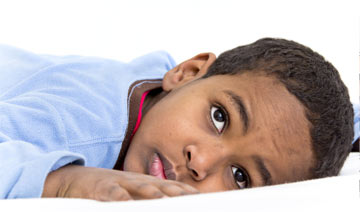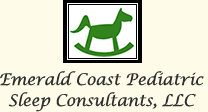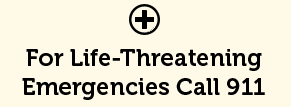Home » Disorders That We Treat
Disorders That We Treat

Obstructive Sleep Apnea
What is it?
Obstructive Sleep Apnea is a condition in which the child has pauses in his/her breathing during sleep caused by something that blocks the child’s airway. Approximately 2-3% of all children have Obstructive Sleep Apnea. In snoring children, the incidence is 20-30%. The most common causes of Obstructive Sleep Apnea are enlarged tonsils and adenoids. Symptoms include loud snoring, restless sleep, morning headache, and sweating during sleep.
How is it treated?
There are several treatments for Obstructive Sleep Apnea. The most common treatments for children involve removal of tonsils or adenoids or use of positive airway pressure to help the child to breathe better during sleep.
Where can I find more information?
View information at SleepFoundation.org here
Central Sleep Apnea
What is it?
Central Sleep Apnea is a condition in which the body has difficulty regulating breathing during sleep. There are many causes for Central Apnea including brain abnormalities and other medical conditions. Symptoms are similar to Obstructive Sleep Apnea and may include snoring, restless sleep, morning headache, and sweating during sleep.
How is it treated?
Treatment for Central Sleep Apnea may involve the use of medications used to help stimulate breathing or the use of positive airway pressure to help the child to breathe better during sleep.
Where can I find more information?
View information at SleepEducation.org here
Limb Movement Disorders
What is it?
Periodic Limb Movement Disorder is a condition in which the child has excessive movements of arms and legs during sleep that may disrupt the child’s sleep. The incidence of Periodic Limb Movement Disorder is approximately 4% in the general population. Children with sleep apnea and ADHD have an increased incidence of the disorder. The cause for this disorder is unknown.
Restless Leg Syndrome is a condition in which the child experiences crawling, painful or tingling sensations, as well as the uncontrollable urge to move the legs when at rest or during sleep. The cause is unknown.
How is it treated?
Treatment for limb movement disorders involves medications prescribed to help decrease the sensations and promote restful sleep.
Where can I find more information?
View information at SleepFoundation.org here and here.
Narcolepsy
What is it?
Narcolepsy is a condition in which the brain has difficulty regulating normal patterns of sleep and wakefulness. Symptoms associated with narcolepsy commonly include excessive daytime sleepiness and fatigue. Children with narcolepsy may experience loss of muscle control when experiencing extreme emotions (laughing, fear, etc.). This behavior is called cataplexy. Children with narcolepsy may experience hallucinations when they are going to sleep or waking up, and may feel like they are temporarily paralyzed when trying to wake up from sleep. The exact cause of narcolepsy is unknown.
How is it treated?
Medications are prescribed to help alleviate the symptoms associated with narcolepsy.
Where can I find more information?
View information at SleepFoundation.org here and at NarcolepsyNetwork.org here.
Abnormal Sleep Behaviors
What is it?
Children who have problems sleeping can often have unusual behaviors that affect their ability to have restful sleep. Common sleep problems include sleep walking, sleep talking, nightmares, and night terrors.
How is it treated?
Quite often, abnormal sleep behaviors in children are developmental and they will grow out of the behavior in time. If treatment is needed, techniques include addressing any underlying disorders that may be present. Although sometimes medications are prescribed, different methods that do not involve medication are often used to treat abnormal sleep behaviors in children.
Where can I find more information?
View information at SleepFoundation.org here, here and here.

